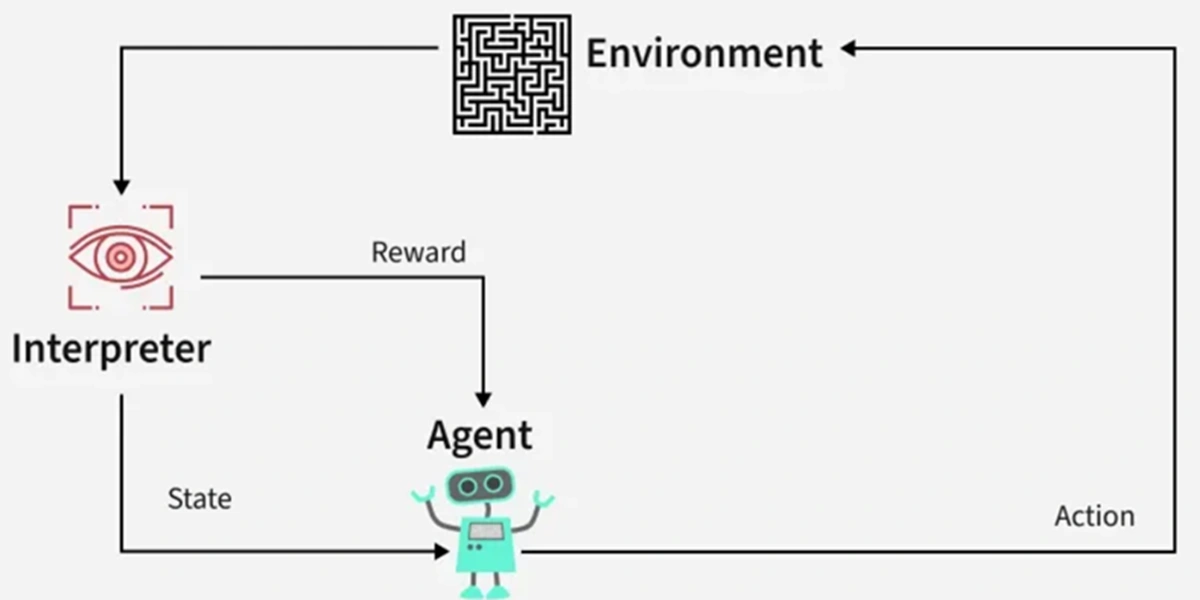An internet is made of a combination of physical networks connected together by internetworking devices such as routers. A packet starting from a source host may pass through several different physical networks before finally reaching the destination host.
The hosts and routers are recognized at the network level by their logical addresses. A logical address is an internetwork address. Its jurisdiction is universal. A logical address is unique universally. It is called a logical address because it is usually implemented in software. Every protocol that deals with interconnecting networks requires logical addresses. The logical addresses in the TCP/IP protocol suite are called IP addresses and are 32 bits long.
However, packets pass through physical networks to reach these hosts and routers. At the physical level, the hosts and routers are recognized by their physical addresses. A physical address is a local address. Its jurisdiction is a local network. It should be unique locally, but not necessarily universally. It is called a physical address because it is usually (but not always) implemented in hardware. Examples of physical addresses are 48-bit MAC addresses in the Ethernet protocol, which are imprinted on the NIC installed in the host or router.
The physical address and the logical address are two different identifiers. We need both of them because a physical network such as Ethernet can have two different protocols at the network layer such as IP and IPX (Novell) at the same time. Likewise, a packet at a network layer such as IP may pass through different physical networks such as Ethernet and LocalTalk (Apple).
This means that delivery of a packet to a host or a router requires two levels of addressing: logical and physical. We need to be able to map a logical address to its corresponding physical address and vice versa. These can be done using either static or dynamic mapping.
Static mapping
Static mapping means creating a table that associates a logical address with a physical address. This table is stored in each machine on the network. Each machine that knows, for example, the IP address of another machine but not its physical address can look it up in the table.
This has some limitations because physical addresses may change in the following ways:
- A machine could change its NIC, resulting in a new physical address.
- In some LANs, such as LocalTalk, the physical address changes every time the computer is turned on.
- A mobile computer can move from one physical network to another, resulting in a change in its physical address.
To implement these changes, a static mapping table must be updated periodically. This overhead could affect network performance.
Dynamic Mapping
In dynamic mapping, each time a machine knows the logical address of another machine, it can use a protocol to find the physical address. Two protocols have been designed to perform dynamic mapping:
Address Resolution Protocol (ARP) and Reverse Address Resolution Protocol (RARP). ARP maps a logical address to a physical address; RARP maps a physical address to a logical address. Since RARP is replaced with another protocol and therefore deprecated.
| Read More Topics |
| Schema change statements in SQL |
| View (virtual table) in SQL |
| The database system environment |
| A brief history of database applications |






